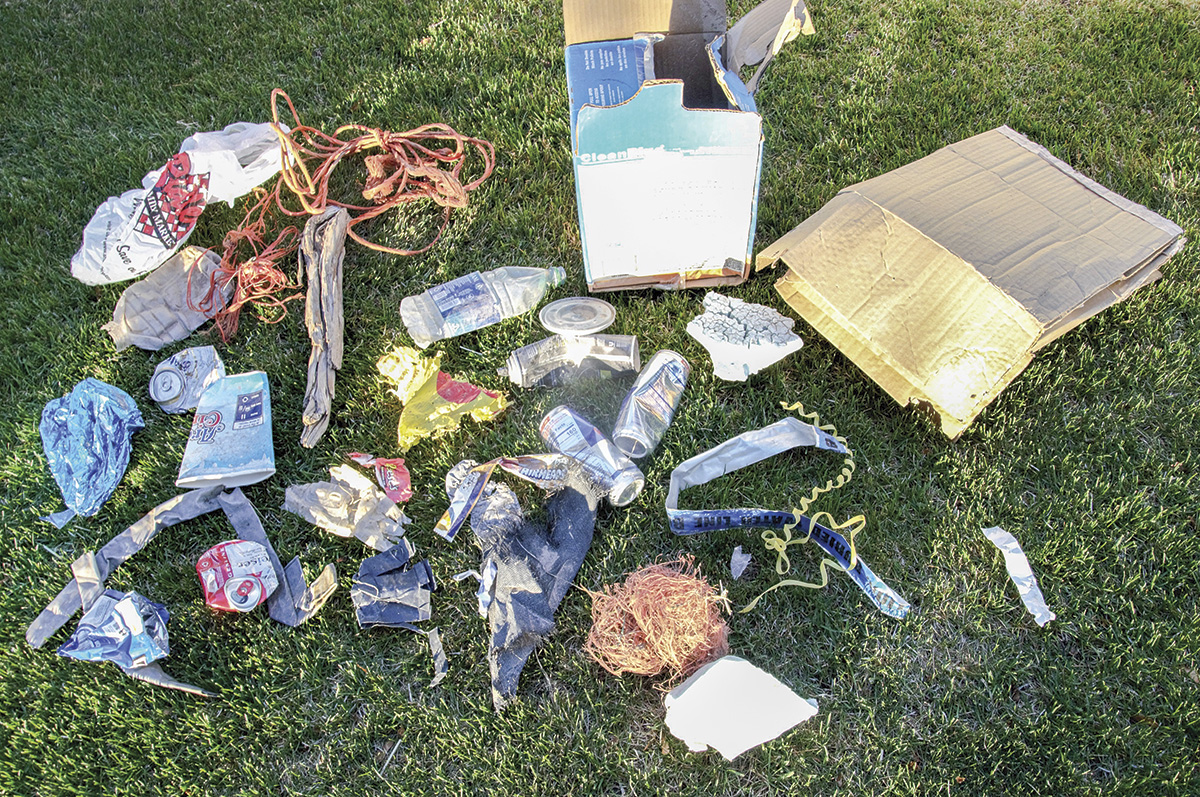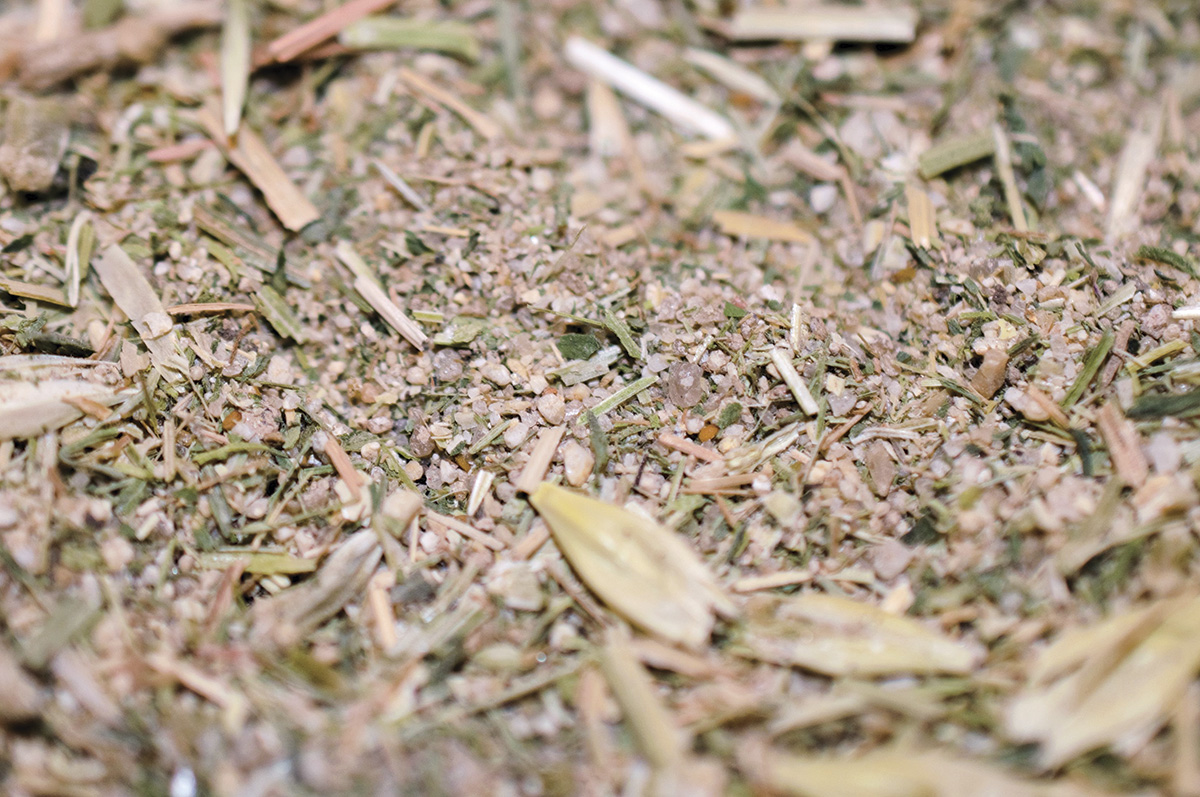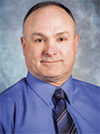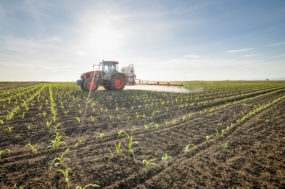I help grow, harvest and feed hay and other forages on our family farm, which is downwind from a small town. If I had a dollar for every plastic grocery bag, beer can, dog food bag, trampoline, shed roof, golf ball and mylar balloon I picked out of a hayfield or bale, it would put me in a higher tax bracket.
The items in Photo 1 are some of the objects I collected from a hayfield and some hay bales. Besides the ever-present beer cans or bottles, plastic water and drink bottles, and broken twine strings, I have found short pieces of sagebrush, such as the 1-foot piece in the photo.
 PHOTO 1: The detritus of encroaching civilization often ends up blown into our hayfields, causing damage to machinery and livestock. Photo by Glenn Shewmaker.
PHOTO 1: The detritus of encroaching civilization often ends up blown into our hayfields, causing damage to machinery and livestock. Photo by Glenn Shewmaker.Some of the blame for foreign objects in hay rests with us hay producers. I admit to swathing a bundle of siphon tubes, which was not visible from the cab, a time or two. A reliable source told me of an incident of a swather running a quarter-mile of irrigation hand line through the conditioner before stopping. I have also heard that hitting an irrigation riser doing 8 miles per hour in a rotary mower makes a bad sound. There is also the inevitable broken bale twine. (Any employee that walks by twine laying on the ground and doesn’t pick it up should be fired.)
Dangerous objects such as barbed wire, sickle sections, rock guards, rotary blades, wrenches, grease guns, etc., can cause serious injury to humans while processing hay and injury to livestock when fed. Hardware disease – a piece of metal that is ingested and penetrates the cow’s rumen or reticulum – causes a significant loss of livestock. Hay containing the carcass of a varmint that was processed into a total mixed ration (TMR) once caused the loss of more than 50 head of dairy cows from the botulism it spread. Plastic bags, twine and net wrap can accumulate in the rumen/reticulum of livestock, which reduces capacity and can block the gastrointestinal tract. The chewed-on piece of twine in the photo was regurgitated by a calf or cow – because it reeked of rumen fluid odor.
Dirt (soil out of place – such as in hay) should be drastically discounted. Any hay with an ash concentration over 10% of dry matter has soil contamination. The sand in Photo 2 was swept from the truck bed after feeding a large bale of barley hay.
 PHOTO 2: After feeding a bale of barley hay, Shewmaker saw the sand that had fallen from the bale into his pickup bed. This grinds livestock teeth prematurely and robs the livestock of nutritional value. Photo by Glenn Shewmaker.
PHOTO 2: After feeding a bale of barley hay, Shewmaker saw the sand that had fallen from the bale into his pickup bed. This grinds livestock teeth prematurely and robs the livestock of nutritional value. Photo by Glenn Shewmaker. This can shorten the life of livestock teeth by several years. Rotary mowers and ground-driven rakes are the biggest culprits, but poor operation of any equipment can also cause this bad condition. Livestock nutritionists and producers are increasingly aware of this problem and will begin serious discounting or refusal of soil in forage.
We all must be good stewards of our hay and forages. Things that don’t belong in forage are a cost to all of us. The objects shown in the photos and dirt have no nutritional value and usually have negative consequences for livestock health and productivity.






